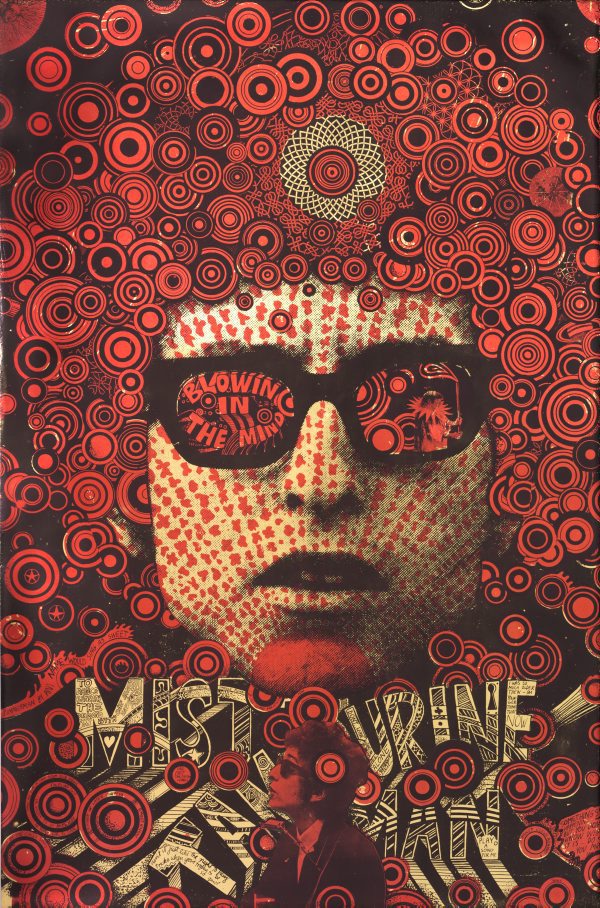The counterculture of the 1960’s was a period of time where societal norms and values were broken down. The post war generation were frustrated with issues such as racism and sexism and became rebellious by welcoming sex, drugs and pop music.
Oz magazine was an icon for underground press, it was renowned for its psychedelic covers and feminist manifesto’s which highlighted a cultural revolution (Ramaswamy, 2016). As somebody who is interested in photography and graphic design, I am particularly inspired by the cover of the 27th issue of Oz, titled ‘Pussy Power’. The design initially attracted me as it is highly spirited, lively and colourful. I particularly liked the clashing colour scheme and the bold typography which emphasised the point of ‘women’s liberation’. The photography is empowering as the woman is positioned to be the dominant character with the male being submissive to her power – I found this to be comedic and refreshing. With artistic sensibility this cover can be read as a revolutionary piece of feminist work.
I am also inspired by the underground work of Martin Sharp, a graphic artist who rose to fame in the 1960’s for his iconic psychedelic posters and ‘hippie-fied’ collages. Sharp worked for Oz, and his collage of Bob Dylan captivated me as it is striking and resembles the acid fuelled, rebellious, sixties values. His work traditionally incorporates mixed media, for example, in this image he uses photography and illustration – this resonates with me as a practitioner as I enjoy being experimentative in different mediums. Sharp’s ‘possession of a mordant satirical wit’ additionally creates a deeper layer of meaning to his work (Poynor, 2013).
My final image comes from Francis Wolff, a photographer for blue note records who “brings visual life to (jazz) musicians” by documenting the creative process of making music (All About Jazz, 2004). I enjoyed the spirit of this photograph as it Is uplifting and demonstrates true passion in a candid setting. The camera is tilted upwards slightly, concentrating on Dexter Gordon and his flashy saxophone – yet the informal dressing room background is in focus, showcasing an improvised vibe which draws parallels with the era and my artistic taste.



Ramaswamy, C. (2016) Return to Oz: the most controversial magazine of the 60s goes online. Available at: https://www.theguardian.com/media/shortcuts/2016/mar/06/return-oz-most-controversial-magazine-60s-goes-online (Accessed 4 November 2017).
Poynor, R. (2013) Martin Sharp: From Satire to Psychedelia. Available at: http://designobserver.com/feature/martin-sharp-from-satire-to-psychedelia/38242 (Accessed 4 November 2017).
All About Jazz (2004) Blue Note Jazz Photography Of Francis Wolff. Available at: https://www.allaboutjazz.com/blue-note-jazz-photography-of-francis-wolff-by-aaj-staff.php (Accessed 4 November 2017).
PHOTO ONE: Unknown (1970) Pussy Power. Available at: https://www.beatchapter.com/oz-magazine-no-26-februarymarch-1970-pussy-power-issue-vertigo-lennonono-roddy-mcdowe-acid-flix-candy-darling-10470-p.asp (Accessed 4 November 2017).
PHOTO TWO: Sharp, M. (1967) Mister Tambourine Man. Available at: https://www.artgallery.nsw.gov.au/collection/works/DA17.1970/ (Accessed 4 November 2017).
PHOTO THREE: Wolff, F. (1962) Dexter Gordon. Available at: http://bandwidth.wamu.org/the-heyday-of-blue-note-records-captured-in-photographs/ (Accessed 4 November 2017).
